
Picture Perfect #4: Between Us
¥39.24
Being one half of a BFF heart necklace is serious business—and in the Picture Perfect series, each story tackles a tough friendship challenge. Through the ups and downs of life in middle school, through braces and boy bands, family feuds and fashion disasters, your best bud is there. But what happens when friendship suddenly gets complicatedTween readers will adore these sweet, accessible stories about the power of friendship.Bailey Broadwell and her best friend, Olivia, are going to have the greatest year ever in middle school! Bailey has it totally figured out. All they need to do is follow her foolproof list of ways to make sixth grade epic. But Bailey's plan doesn't include her aunt and cousin Hannah unexpectedly moving to town.Though Bailey hasn't seen Hannah since they were little, she sets out right away to make her cousin feel welcome. And right from the start, Hannah and Bailey seem to enjoy similar things. Only, it's a little strange how Hannah likes everything that Bailey does. And it's weird when Hannah starts joining all the clubs that Bailey's in. Soon, she starts dressing like Bailey. And agreeing with everything Bailey says!Bailey tries not to let Hannah's copycat behavior bother her, until it seems like Olivia and the rest of Bailey's friends like Hannah more than her. How can Bailey have the best school year ever if Hannah is taking over her life?
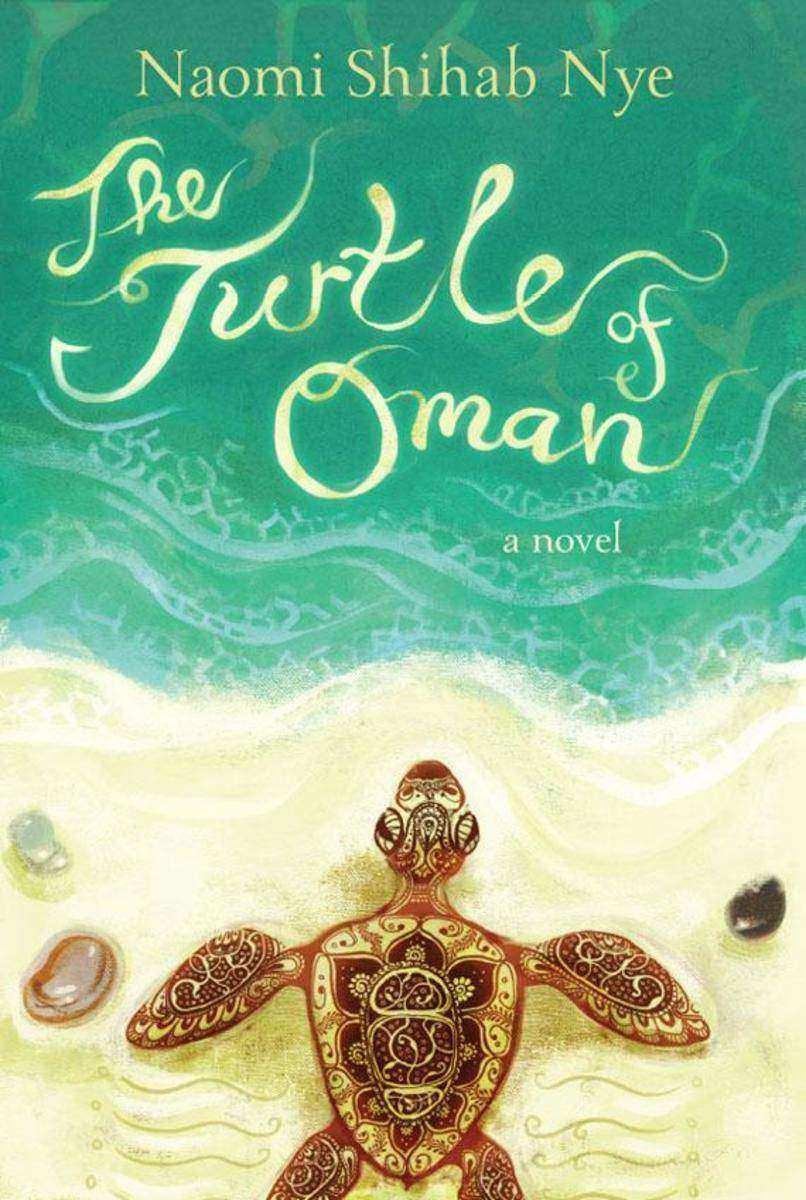
The Turtle of Oman
¥38.72
This accessible, exquisite novel shines with gentle humor and explores themes of moving, family, nature, and immigration. It tells the story of Aref Al-Amri, who must say good-bye to everything and everyone he loves in his hometown of Muscat, Oman, as his family prepares to move to Ann Arbor, Michigan. This is acclaimed poet and National Book Award Finalist Naomi Shihab Nye's first novel set in the Middle East since her acclaimed Habibi.Aref Al-Amri does not want to leave Oman. He does not want to leave his elementary school, his friends, or his beloved grandfather, Siddi. He does not want to live in Ann Arbor, Michigan, where his parents will go to graduate school. His mother is desperate for him to pack his suitcase, but he refuses. Finally, she calls Siddi for help. But rather than pack, Aref and Siddi go on a series of adventures. They visit the camp of a thousand stars deep in the desert, they sleep on Siddi's roof, they fish in the Gulf of Oman and dream about going to India, and they travel to the nature reserve to watch the sea turtles. At each stop, Siddi finds a small stone that he later slips into Aref's suitcase—mementos of home.Naomi Shihab Nye's warmth, attention to detail, and belief in the power of empathy and connection shines from every page. Features black-and-white spot art and decorations by Betsy Peterschmidt.

Nothing Real Volume 1: A Collection of Stories
¥21.51
The first of three digital-only short story collections from teacher and frequent contributor to the New York Times Claire Needell, about coming of age in contemporary America. These refreshing stories are written with humor, honesty, and without judgment.This outstanding first digital-only collection includes the memorable stories "Nothing Real," "Change Your Life," "The Bubblemen," and "My Name is Adam." Each story is told from a unique perspective and tells of teenagers looking for love—from others, and from themselves.Epic Reads Impulse is a digital imprint with new releases each month.
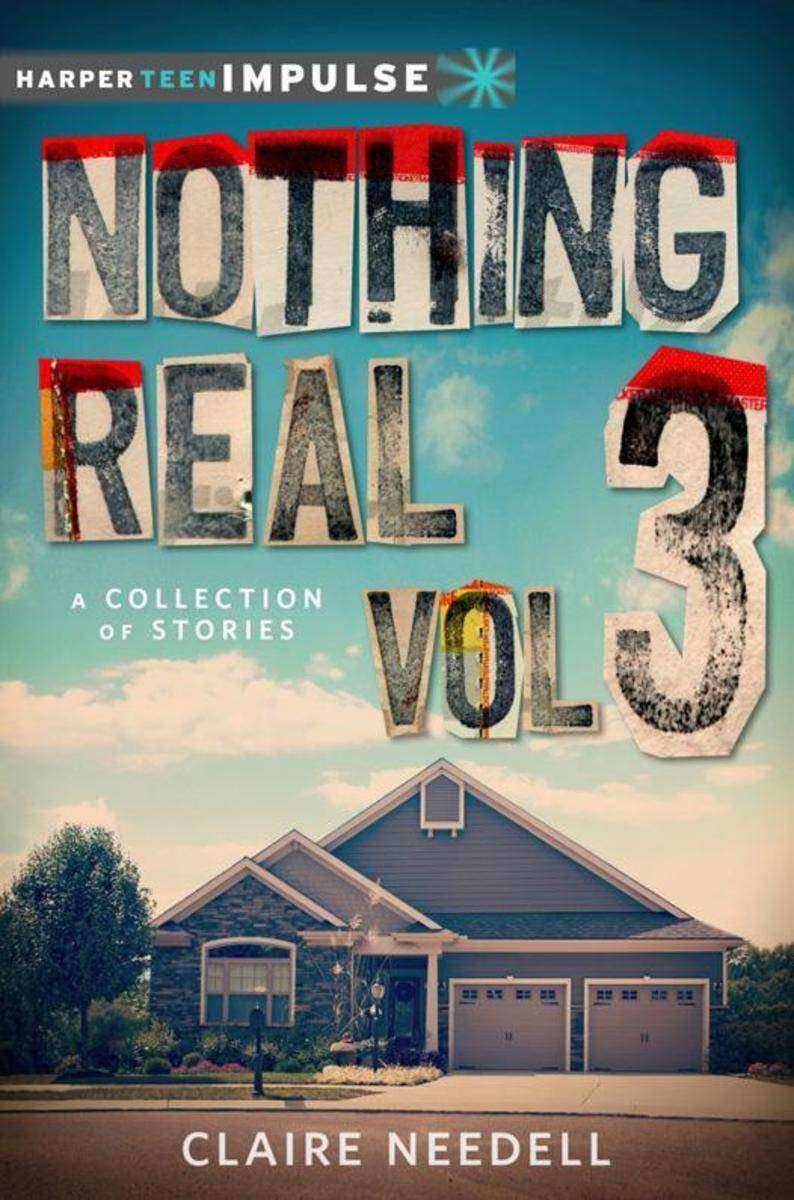
Nothing Real Volume 3: A Collection of Stories
¥21.51
The third of three digital-only short story collections from Claire Needell, teacher and frequent contributor to the New York Times, about coming of age in contemporary America. These original stories are refreshingly honest, poignant, and humorous.This outstanding third digital-only collection of short stories from Claire Needell includes the memorable stories "Just Tom Kelly," "The Theory of Reward," "Gone for Good," and "Sugarbabies." Each tells a unique and candid story of teenagers looking for love—from others, and from themselves.Epic Reads Impulse is a digital imprint with new releases each month.

Dreamland
¥56.08
From immensely talented debut author Robert L. Anderson comes a stunning, complex, and imaginative story about the fine line between dreams and reality that will appeal to fans of Maggie Stiefvater’s The Raven Cycle.Odea Donahue has been able to travel through people’s dreams since she was six years old. Her mother taught her the three rules of walking: Never interfere. Never be seen. Never walk the same person’s dream more than once. Dea has never broken the rules.Then a mysterious new boy, Connor, comes to town. For the first time in her life, Dea feels normal. But both Dea and Connor have secrets, and as she is increasingly drawn to Connor’s dreams—and nightmares—the boundary between worlds begins to deteriorate, putting everyone she loves in danger.

What We Saw
¥101.00
Critically acclaimed memoirist Aaron Hartzler, author of Rapture Practice, takes an unflinching look at what happens to a small town when some of its residents commit a terrible crime. This honest, authentic debut novel—inspired by the events in the Steubenville rape case—will resonate with readers who've ever walked that razor-thin line between guilt and innocence that so often gets blurred, one hundred and forty characters at a time.The party at John Doone's last Saturday night is a bit of a blur. Kate Weston can piece together most of the details: Stacey Stallard handing her shots, Ben Cody taking her keys and getting her home early. . . . But when a picture of Stacey passed out over Deacon Mills's shoulder appears online the next morning, Kate suspects she doesn't have all the details. When Stacey levels charges against four of Kate's classmates, the whole town erupts into controversy. Facts that can't be ignored begin to surface, and every answer Kate finds leads back to the same questions: Who witnessed what happened to StaceyAnd what responsibility do they have to speak up about what they saw?National Book Award finalist Deb Caletti calls What We Saw "a smart, sensitive, and gripping story about the courage it takes to do what's right."
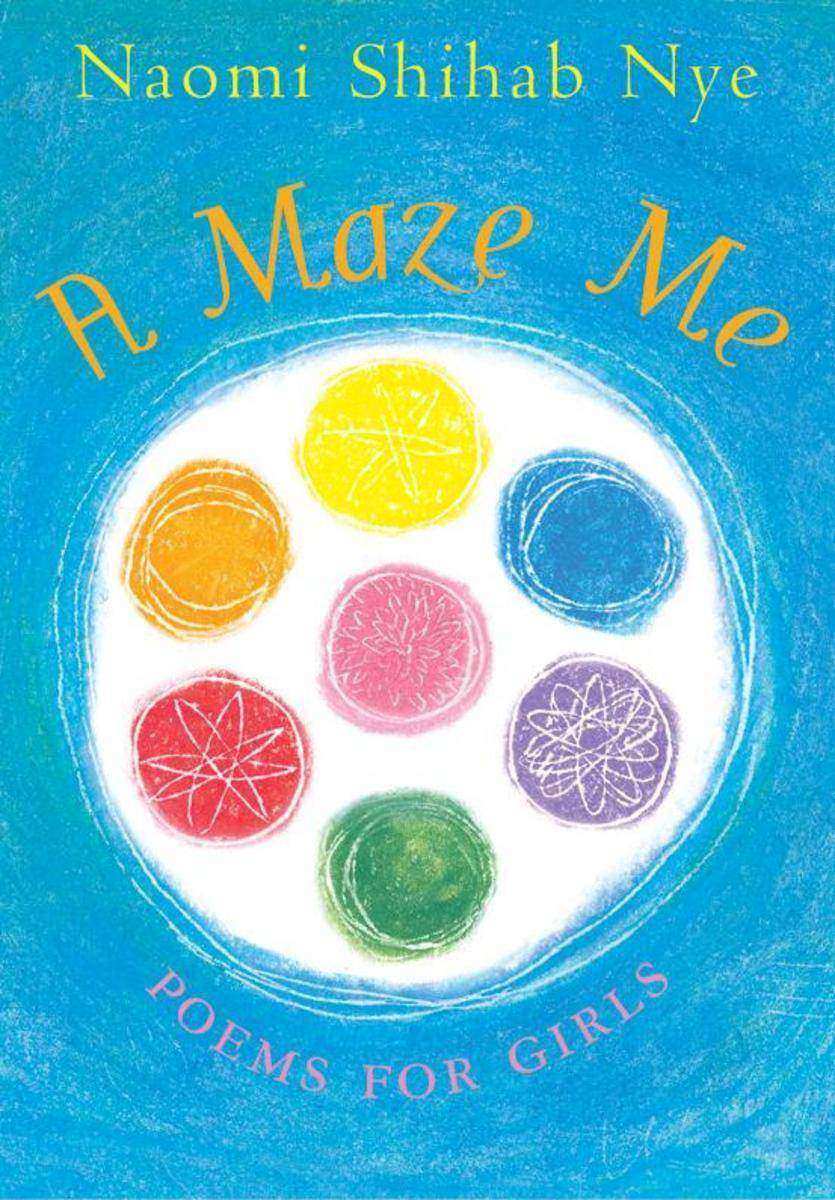
A Maze Me
¥56.08
A collection of seventy-two poems written especially for girls ages twelve and up by the much-honored and beloved poet Naomi Shihab Nye. "A lovely, rich collection that promises to be a lasting companion for young writers."—School Library Journal (starred review)First love, friendship, school, family, community, having a crush, loving your mother and hating your mother, sense of self, body image, hopes and dreams . . . these seventy-two poems by Naomi Shihab Nye—written expressly for this collection—will speak to girls of all ages. An honest, insightful, inspirational, and amazing collection. "A wide age range will respond to these deeply felt poems about everyday experiences, which encourage readers to lean eagerly into their lives and delight in its passages."—ALA Booklist (starred review). An introduction by the author is included.

Positive
¥106.31
An astonishing memoir for the untold number of children whose lives have been touched by bullying. Positive is a must-read for teens, their parents, educators, and administrators—a brave, visceral work that will save lives and resonate deeply.Paige Rawl has been HIV positive since birth, but growing up, she never felt like her illness defined her. On an unremarkable day in middle school, she disclosed to a friend her HIV-positive status—and within hours the bullying began. From that moment forward, every day was like walking through a minefield. Paige was never sure when or from where the next text, taunt, or hateful message would come. Then one night, desperate for escape, fifteen-year-old Paige found herself in her bathroom staring at a bottle of sleeping pills.That could have been the end of her story. Instead, it was only the beginning. Paige's memoir calls for readers to choose action over complacency, compassion over cruelty—and above all, to be Positive.Includes twenty-five photos from Paige's personal collection throughout.Supports the Common Core State Standards
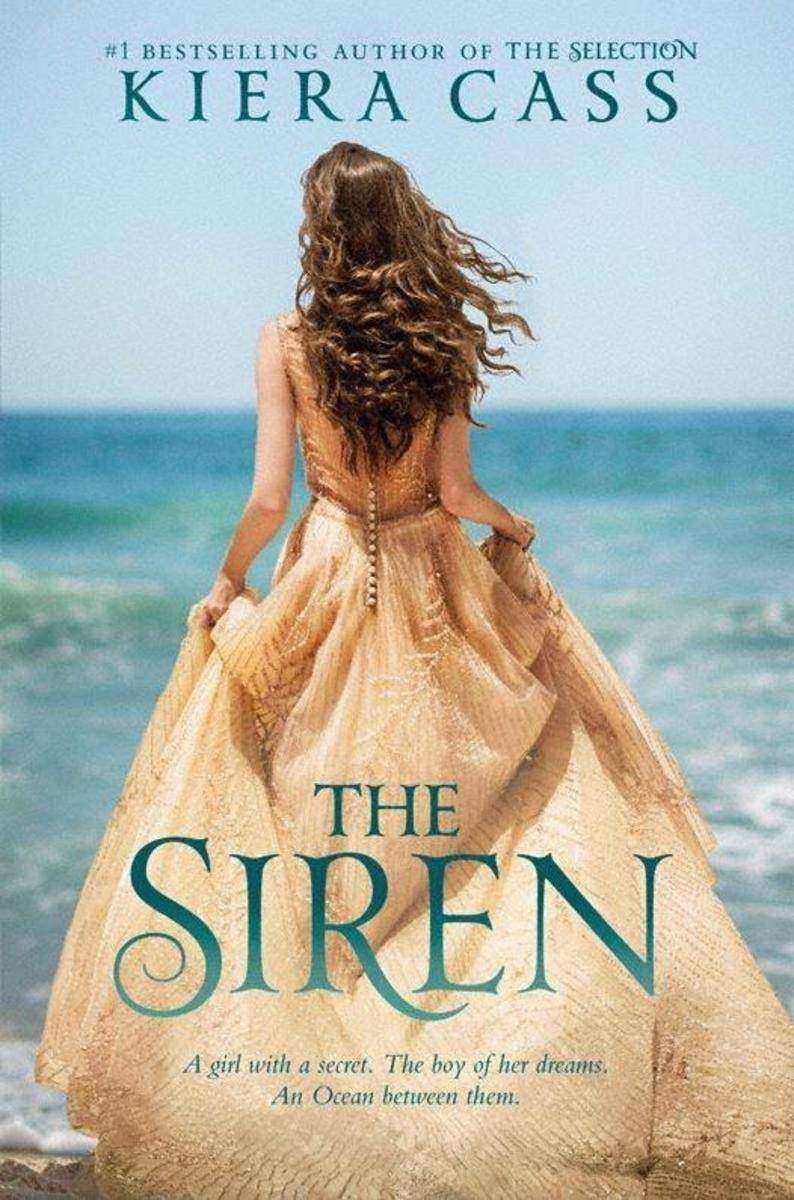
The Siren
¥61.52
From Kiera Cass, #1 New York Times bestselling author of the Selection series, comes a captivating stand-alone fantasy romance.Kahlen is a Siren, bound to serve the Ocean by luring humans to watery graves with her voice, which is deadly to any human who hears it. Akinli is human—a kind, handsome boy who's everything Kahlen ever dreamed of. Falling in love puts them both in danger . . . but Kahlen can't bear to stay away. Will she risk everything to follow her heart?The Siren was previously self-published; this brand-new edition has been completely rewritten and redesigned.
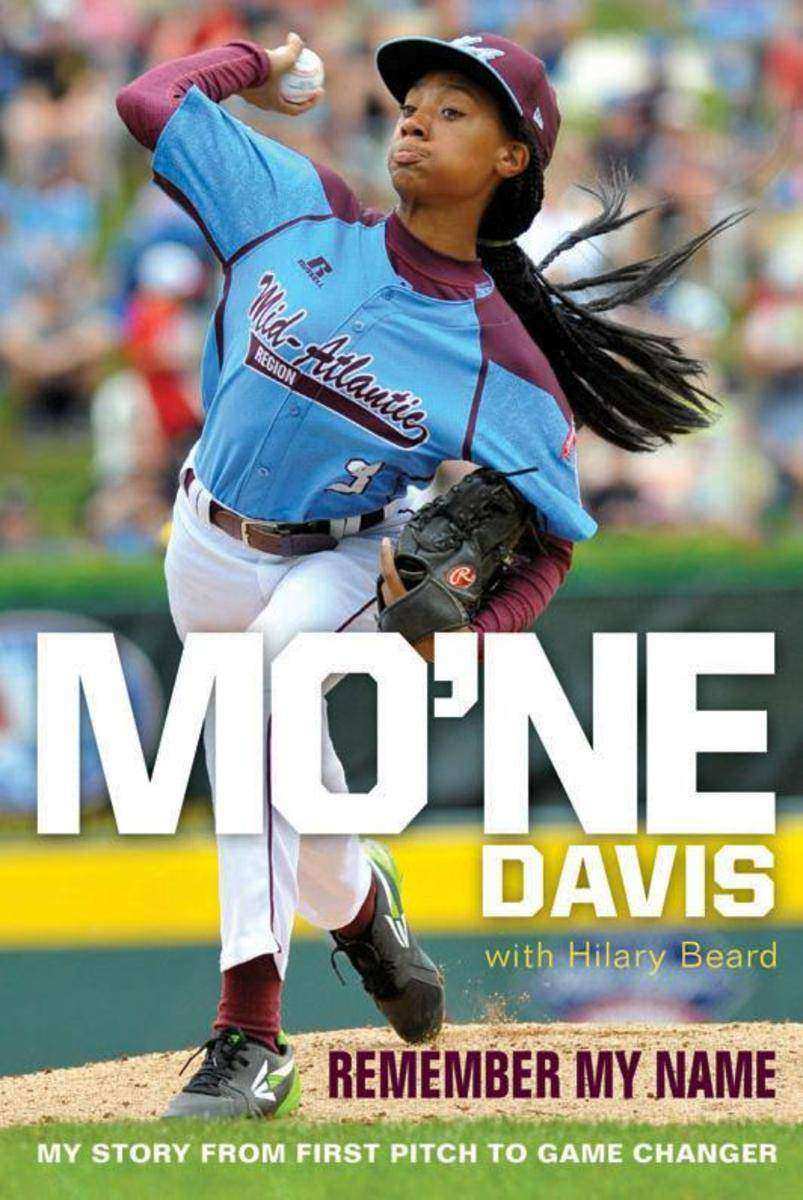
Mo'ne Davis: Remember My Name
¥39.24
Be inspired to reach for your dreams!At the age of thirteen, Mo'ne Davis became the first female pitcher to win a game in the Little League World Series and the first Little Leaguer to be featured on the cover of Sports Illustrated. A month later she earned a place in the National Baseball Hall of Fame.This inspiring memoir from a girl who learned to play baseball with the boys and rose to national stardom before beginning eighth grade will encourage young readers to reach for their dreams no matter the odds. Mo'ne's story is one of determination, hard work, and an incredible fastball.Mo'ne Davis is a multisport athlete who also plays basketball and soccer, and is an honor roll student at her school in Philadelphia.With an 8-page full-color photo insert, this memoir celebrates our fascination with baseball in a story of triumph to be shared with generations of young athletes to come.

Map to the Stars
¥21.73
Can one down-to-earth girl plus a very famous boy and a whole lot of paparazzi ever add up to a perfect Hollywood ending?Seventeen-year-old Annie Shelton isn't sure why her mom thinks moving to Hollywood will allow them to escape the drama of their small-time life in Georgia, but she's along for the ride. When Annie's mom snags a gig as makeup artist to a teen movie idol and finagles a spot for Annie to accompany her on his European promotional tour, Annie's pretty sure she'll be fangirling over architectural sights rather than teen heartthrob Graham Cabot.But then of course she actually meets him. As Graham and Annie fall for each other in the most romantic cities in the world, Annie realizes that this turn of events may not be quite as glamorous as she thought. Instead of red carpets and celebrity couple names, they are navigating a minefield of keeping secrets from Graham's fans, overprotective assistant, stage "momager," and beefy bodyguard. And when the paparazzi make an appearance, Annie has to decide whether their love is worth the harsh glare of the flashbulb.Author Jen Malone draws on her real-life experiences as a movie studio publicist to bring you an insider peek at love, Hollywood-style.Epic Reads Impulse is a digital imprint with new releases each month.

The Revenge Playbook
¥56.08
Don't get mad, get even! In this poignant and hilarious novel, Rachael Allen brilliantly explores the nuances of high school hierarchies, the traumas sustained on the path to finding true love, and the joy of discovering a friend where you least expect.In the small town of Ranburne, high school football rules and the players are treated like kings. How they treat the girls they go to school withThat's a completely different story. Liv, Peyton, Melanie Jane, and Ana each have their own reason for wanting to teach the team a lesson—but it's only when circumstances bring them together that they come up with the plan to steal the one thing the boys hold sacred. All they have to do is beat them at their own game.
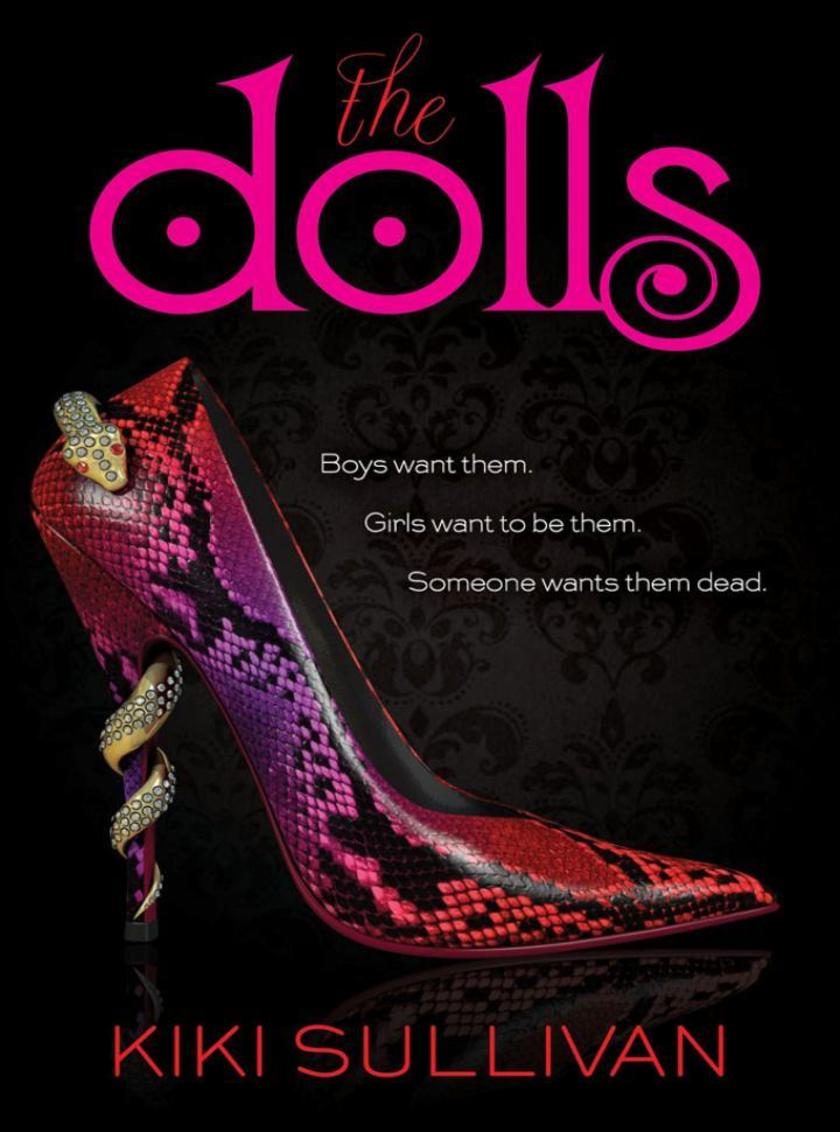
The Dolls
¥55.33
Pretty Little Liars meets Beautiful Creatures in this steamy southern suspense novel about a group of powerful teen voodoo queens who will do anything to get what they want.Eveny Cheval has just moved back to Carrefour, Louisiana—a town she left fourteen years ago in the wake of her mother's suicide. An outsider at first, Eveny quickly finds herself embroiled in a web of intrigue, betrayal, and lies. Enter Peregrine Marceau, Chloe St. Pierre, and their group of rich, sexy friends collectively known as the Dolls. They want to bring Eveny into their circle and share their darkest truths with her.Eveny is wary of these girls, but after murder strikes and she discovers that everything she believes about herself, her family, and her life is a lie, she's forced to turn to the Dolls for answers. Something's wrong in paradise, and it's up to Eveny, Chloe, and Peregrine to save Carrefour and make it right.

Karnyújtásnyira
¥69.73
Karnyújtásnyira
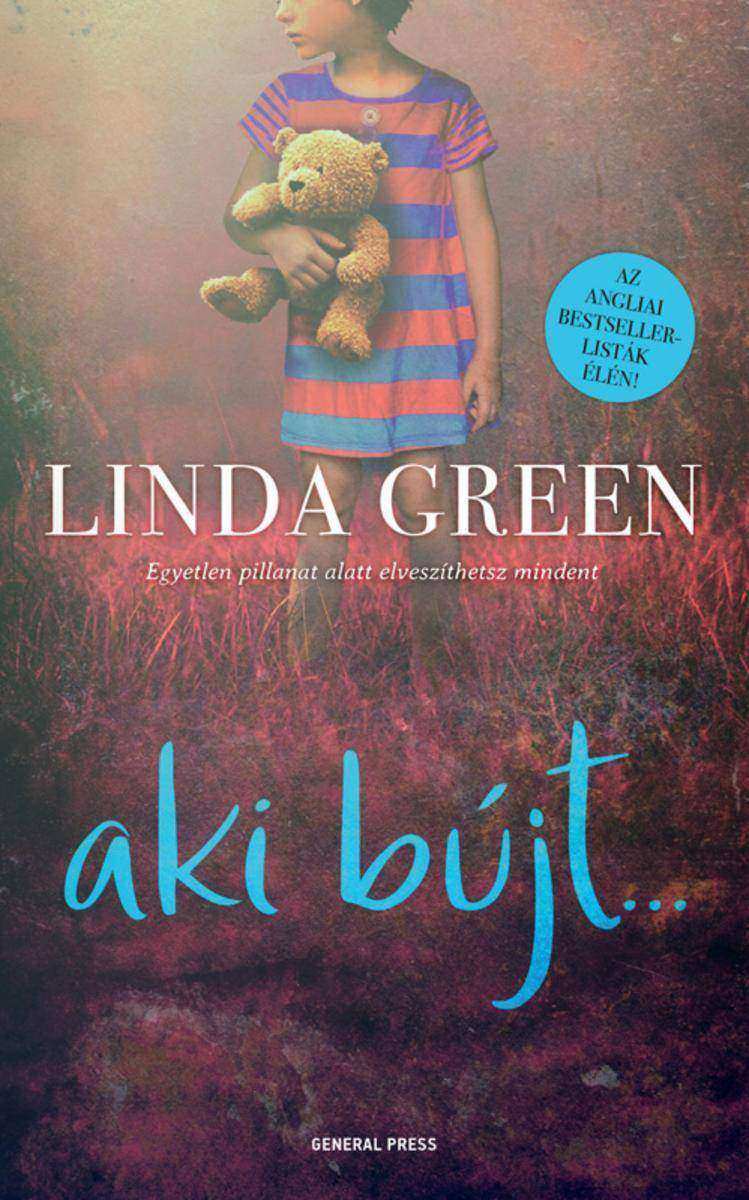
Aki bújt...
¥58.04
Aki bújt...
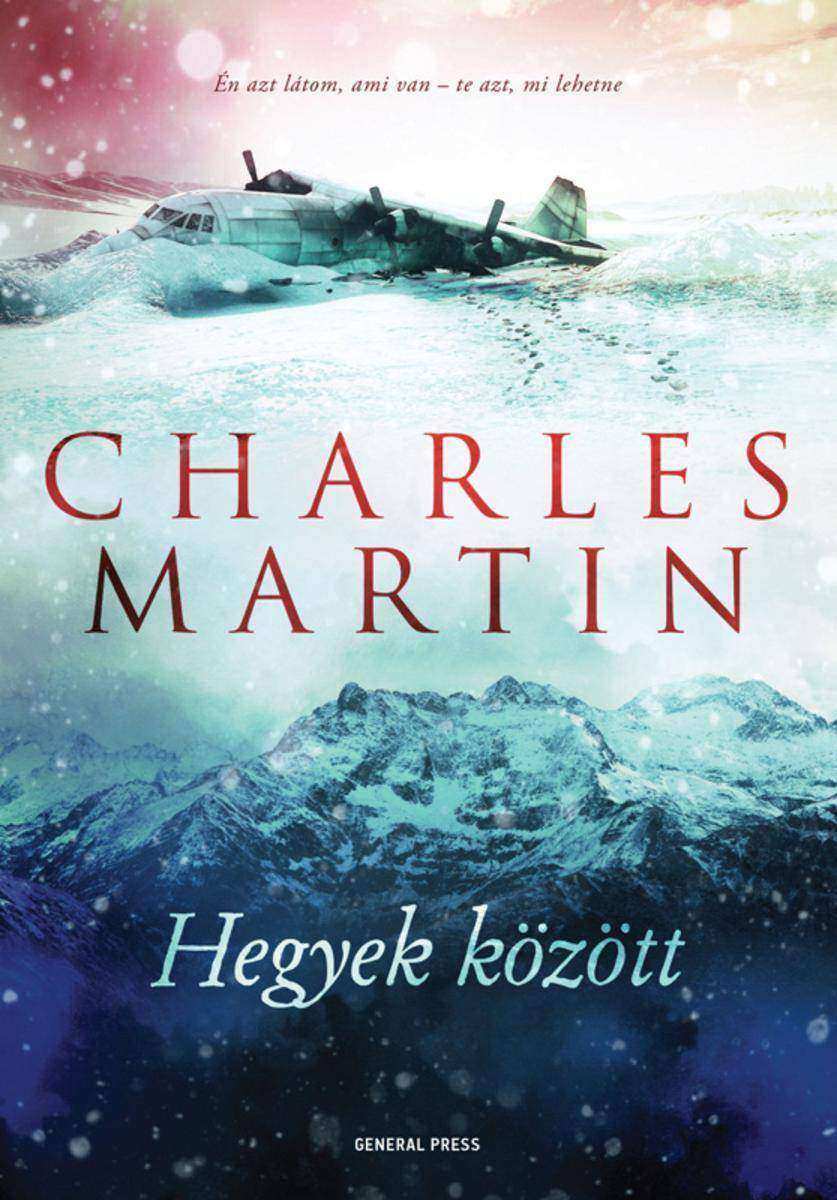
Hegyek k?z?tt
¥70.06
Hegyek k?z?tt
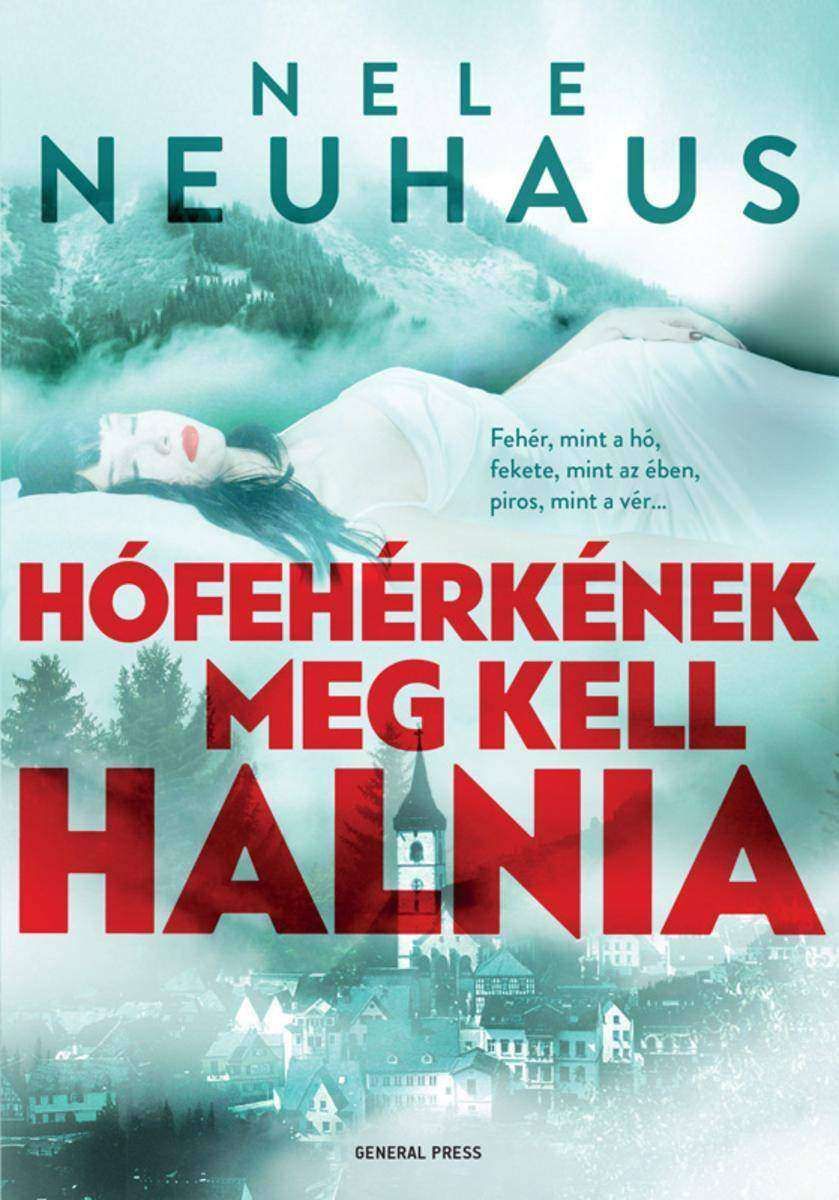
Hófehérkének meg kell halnia
¥81.34
Hófehérkének meg kell halnia
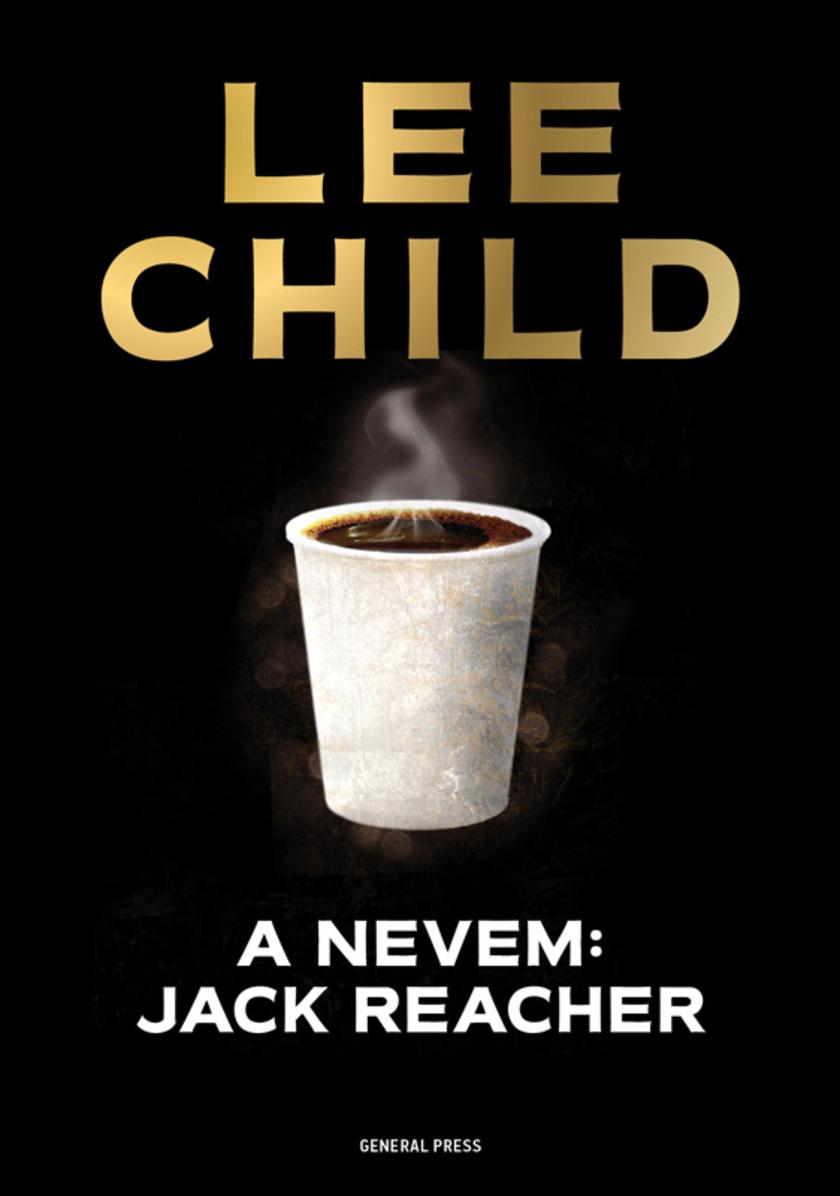
A nevem: Jack Reacher
¥73.00
A nevem: Jack Reacher
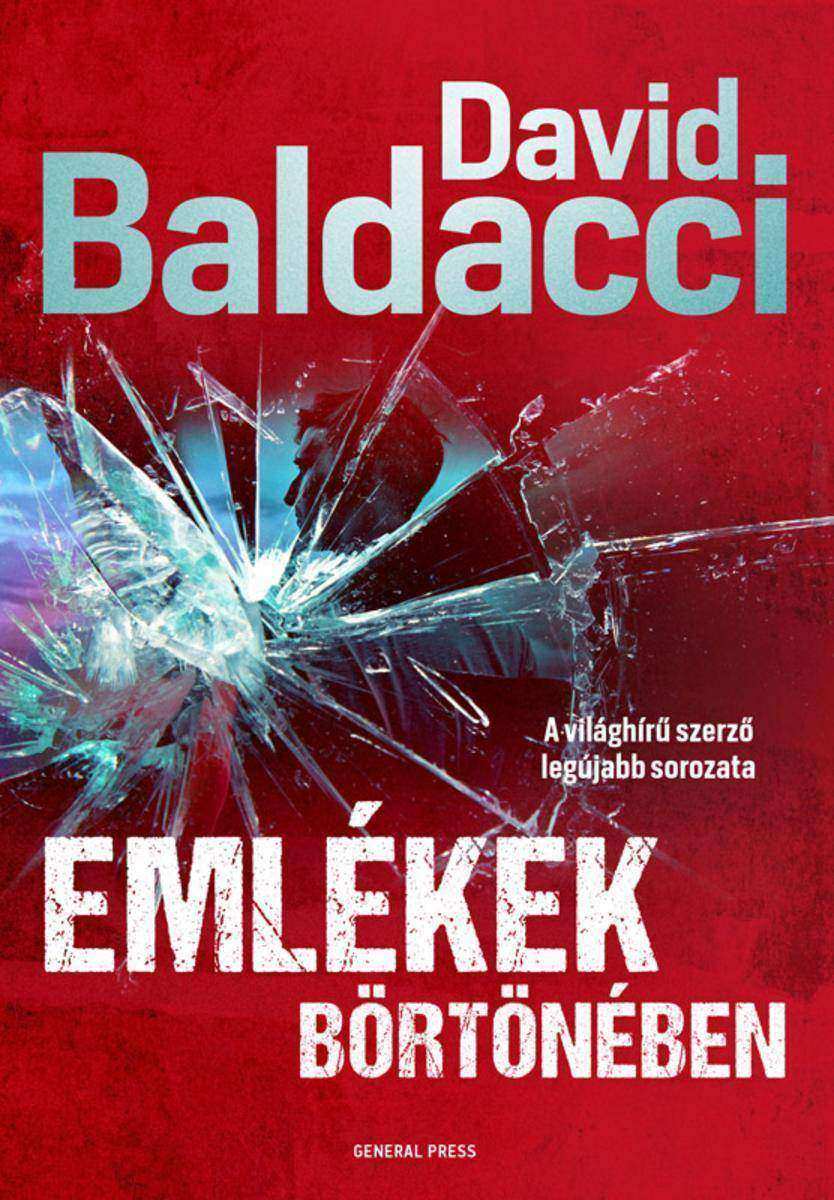
Emlékek b?rt?nében
¥81.75
Emlékek b?rt?nében
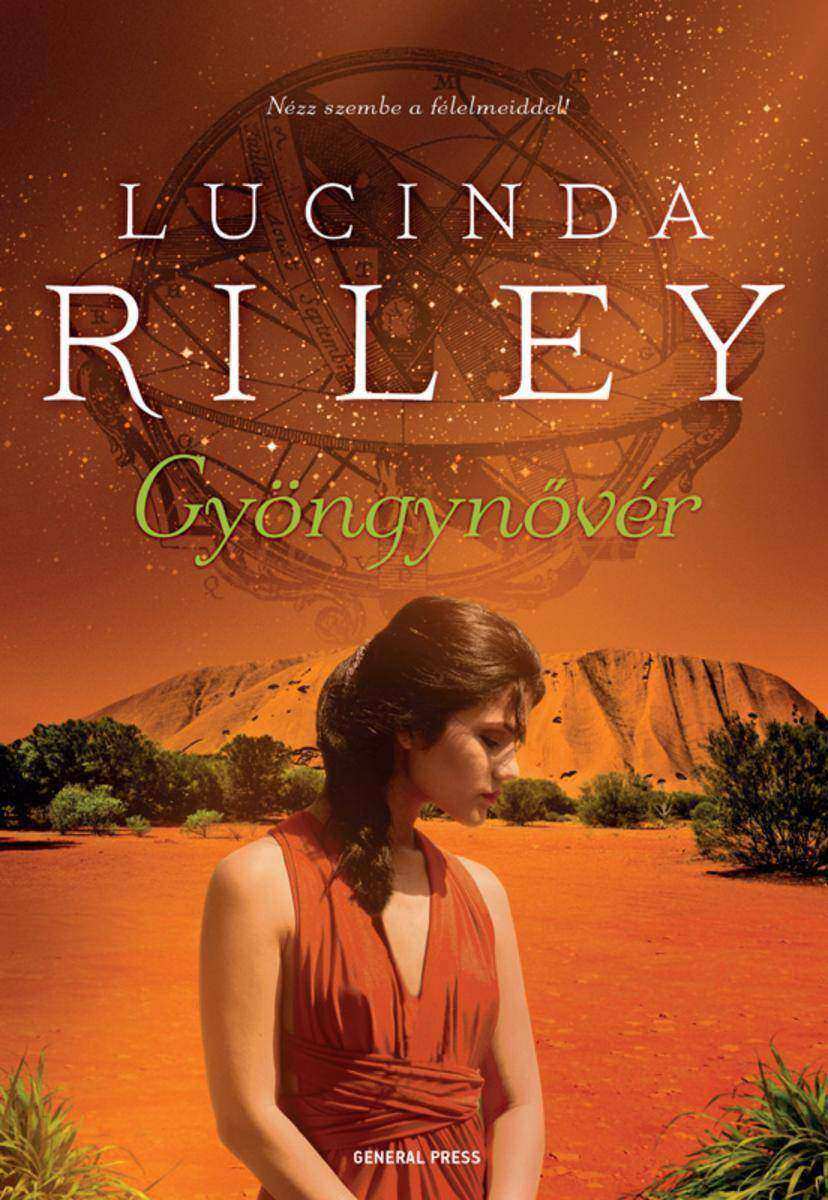
Gy?ngyn?vér
¥87.15
Gy?ngyn?vér
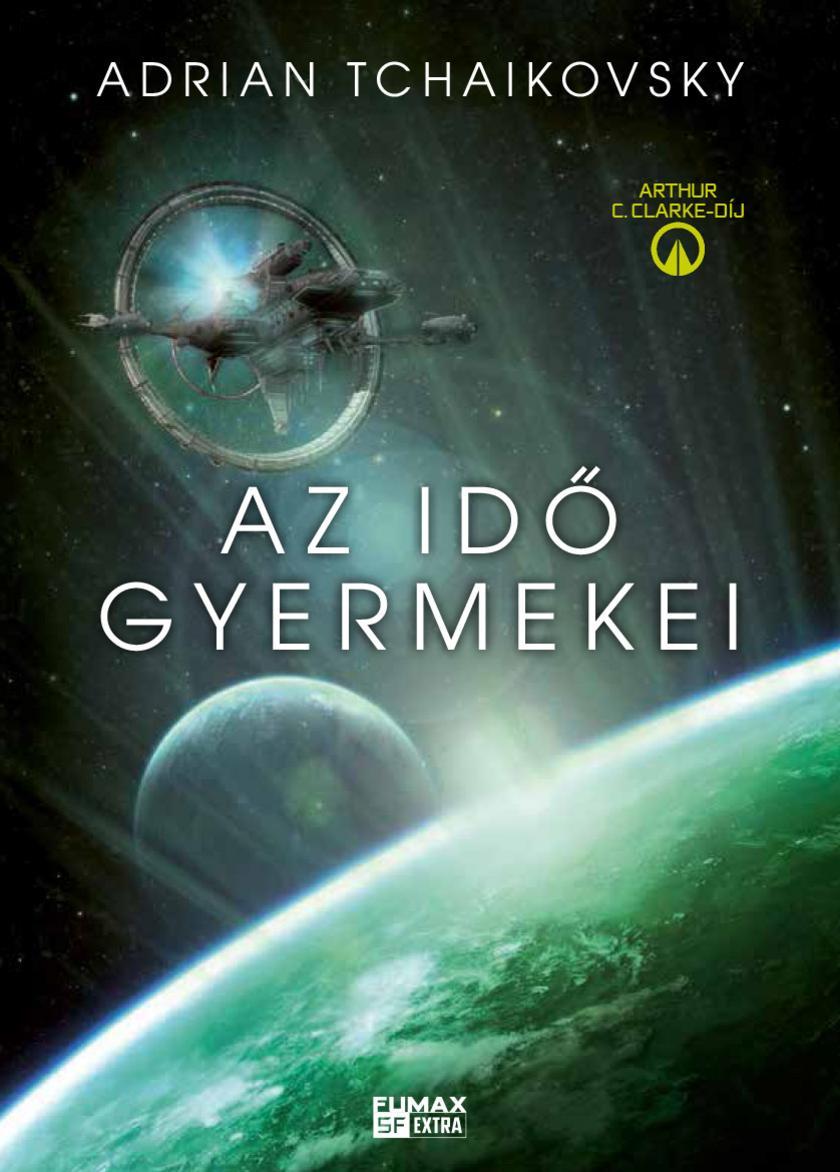
Az id? gyermekei
¥87.31
Az id? gyermekei




 购物车
购物车 个人中心
个人中心



